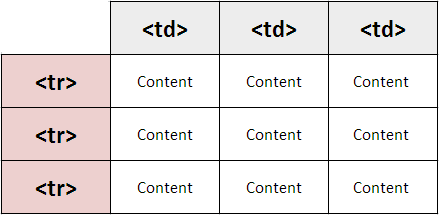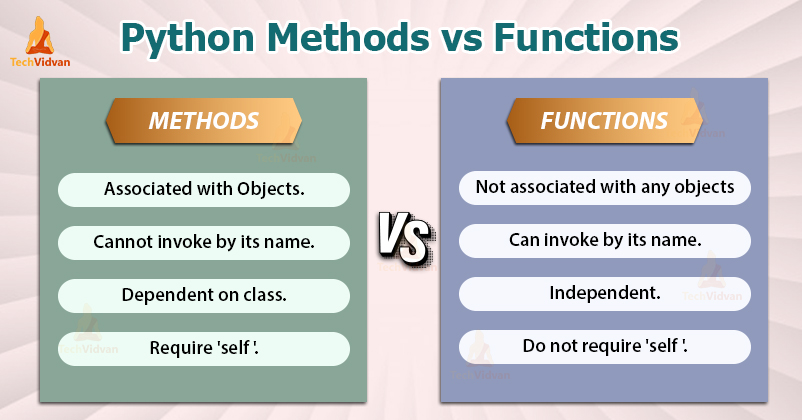reading-notes
Domain Modeling:
Domain modeling is the process of creating a conceptual model in code for a specific problem. A model describes the various entities, their attributes and behaviors, as well as the constraints that govern the problem domain. An entity that stores data in properties and encapsulates behaviors in methods is commonly referred to as an object-oriented model.
-
Domain modeling is the process of creating a conceptual model for a specific problem. And a domain model that’s articulated well can verify and validate your understanding of that problem.
-
tips to follow when building your own domain models: 1-When modeling a single entity that’ll have many instances, build self-contained objects with the same attributes and behaviors. 2-Model its attributes with a constructor function that defines and initializes properties. 3-Model its behaviors with small methods that focus on doing one job well. 4-Create instances using the new keyword followed by a call to a constructor function. 5-Store the newly created object in a variable so you can access its properties and methods from outside. 6-Use the this variable within methods so you can access the object’s properties and methods from inside.
Tables:
What’s a Table? A table represents information in a grid format. Examples of tables include financial reports, TV schedules, and sports results.
- Basic Table Structure: (<)table):The <table> element is used to create a table. The contents of the table are written out row by row. \tr):You indicate the start of each row using the opening ()tr) tag. (The tr stands for table row.) It is followed by one or more td) elements (one for each cell in that row). At the end of the row you use a closing </tr) tag.
- Each cell of a table is represented using a |td| element. (The td stands for table data.)
- th for headings

- The table element is used to add tables to a web page.
- A table is drawn out row by row. Each row is created with the tr element.
- Inside each row there are a number of cells represented by the td element (or th if it is a header).
- You can make cells of a table span more than one row or column using the rowspan and colspan attributes.
- For long tables you can split the table into a thead, tbody and tfoot.
FUNCTIONS, METHODS & OBJECTS:

- Functions allow you to group a set of related statements together that represent a single task.
- Functions can take parameters (informatiorJ required to do their job) and may return a value.
- An object is a series of variables and functions that represent something from the world around you.
- In an object, variables are known as properties of the object; functions are known as methods of the object.
- Web browsers implement objects that represent both the browser window and the document loaded into the browser window.
- JavaScript also has several built-in objects such as String, Number, Math, and Date. Their properties and methods offer functionality that help you write scripts.